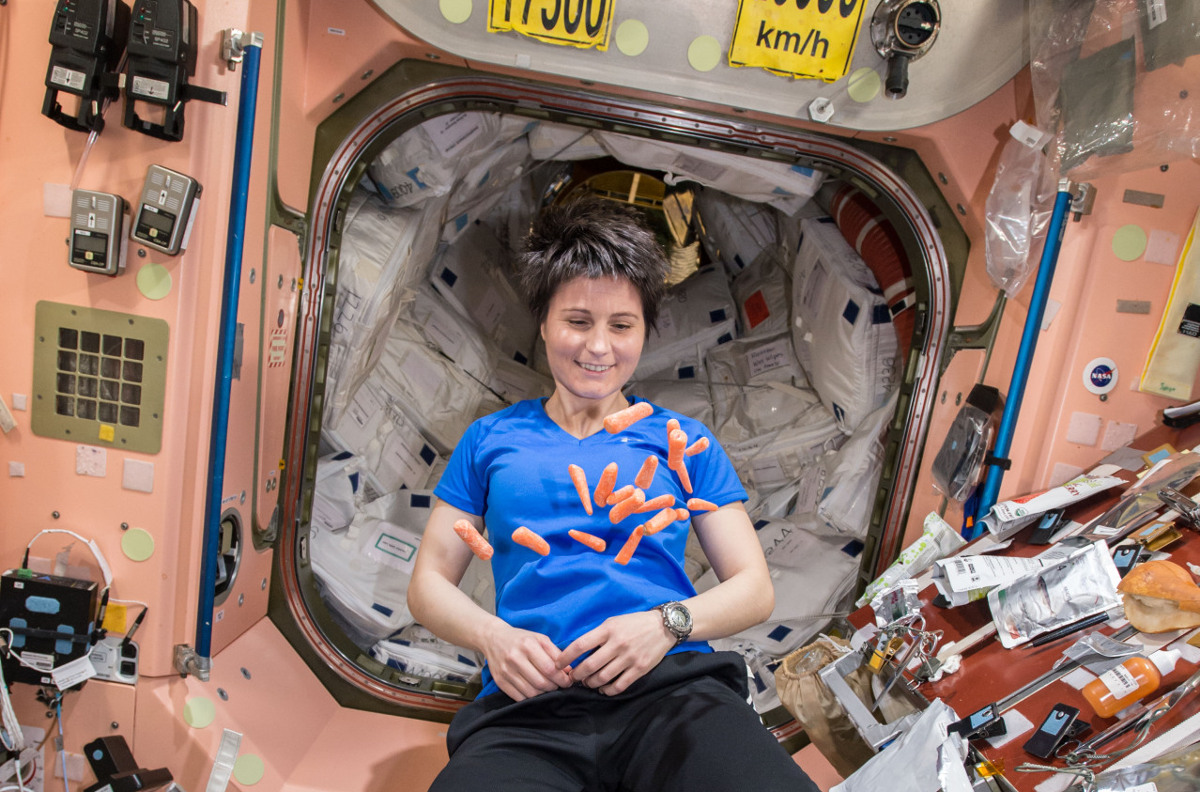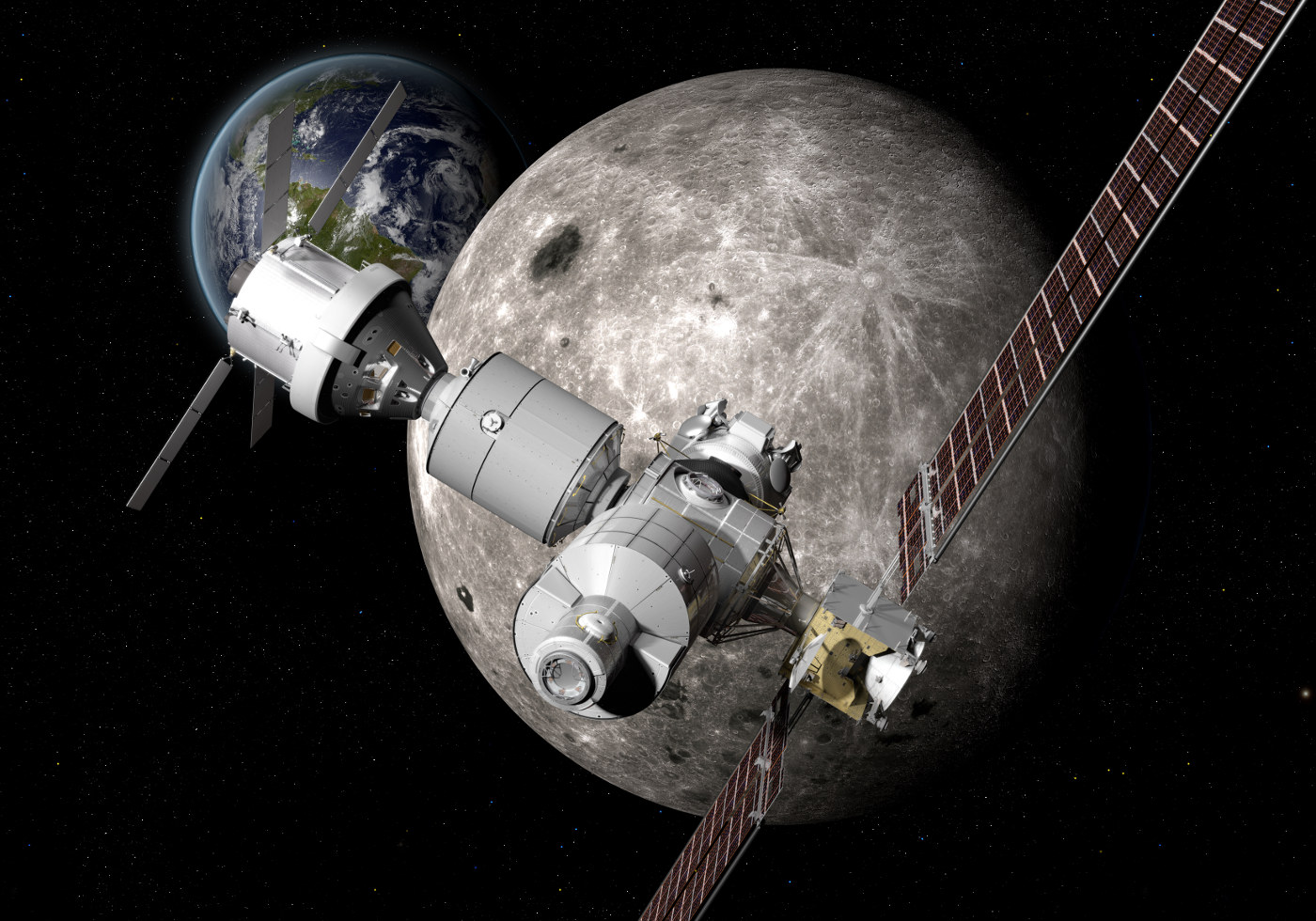
Australia's Shire of Murchison is quickly becoming a hotbed for radio telescopes. As of of Friday, the territory is operating the world's fastest radio telescope in the form of the Australia Square Kilometre Array Pathfinder (ASKAP). The 36-antenna grid's eventual use of six phased array feeds, each with 188 receivers, will let it scan a field of view 150 times larger than the moon's visible area while processing that information much faster than a typical single-pixel radio telescope feed -- CSIRO estimates that an image of the Centaurus A galaxy that would take 10,000 hours to process with rivals should take five minutes with ASKAP. Ultimately, the array should grow to 60 antennas as part of the Square Kilometer Array, which includes South Africa in its hunt for pulsars, quasars and other unique parts of the universe. Just don't get your hopes up for booking alien listening sessions anytime soon. Commissioning started virtually as soon as the ribbon was cut, and scientists have already scheduled their usage slots for the next five years. We're sure we'll get over any frustration when we see the first ASKAP results published within the next year.
Filed under: Science, Alt
Australia Square Kilometre Array Pathfinder goes live as the world's quickest radio telescope originally appeared on Engadget on Fri, 05 Oct 2012 11:52:00 EDT. Please see our terms for use of feeds.
Permalink  Reuters
Reuters |
 CSIRO
CSIRO |
Email this |
Comments
 Astronauts aboard the ISS drink recycled pee for a reason: we can only bring so much food and water to to space. Imagine how much more we need to take for that year-long journey to Mars. Since bringing more resources means higher costs -- the heavier...
Astronauts aboard the ISS drink recycled pee for a reason: we can only bring so much food and water to to space. Imagine how much more we need to take for that year-long journey to Mars. Since bringing more resources means higher costs -- the heavier...
 Astronauts aboard the ISS drink recycled pee for a reason: we can only bring so much food and water to to space. Imagine how much more we need to take for that year-long journey to Mars. Since bringing more resources means higher costs -- the heavier...
Astronauts aboard the ISS drink recycled pee for a reason: we can only bring so much food and water to to space. Imagine how much more we need to take for that year-long journey to Mars. Since bringing more resources means higher costs -- the heavier...
 Scientists at SLAC's National Accelerator Laboratory are able to peer even further into space thanks to an improved optical laser. The laser uses shockwaves to create high pressure conditions in materials, and the material's response is then captured...
Scientists at SLAC's National Accelerator Laboratory are able to peer even further into space thanks to an improved optical laser. The laser uses shockwaves to create high pressure conditions in materials, and the material's response is then captured...
 NASA teamed up with six companies to develop deep space vehicles as part of its NextSTEP program last year. Boeing, one of the six, has now given us an idea of what its creations could look like. The company has revealed concept images of its deep sp...
NASA teamed up with six companies to develop deep space vehicles as part of its NextSTEP program last year. Boeing, one of the six, has now given us an idea of what its creations could look like. The company has revealed concept images of its deep sp...
 Traveling deeper into space may carry some unanticipated health risks. Scientists have published a study noting that Apollo astronauts have died of heart disease at an unusually high rate -- of the 7 that passed away during the study, 43 percent fel...
Traveling deeper into space may carry some unanticipated health risks. Scientists have published a study noting that Apollo astronauts have died of heart disease at an unusually high rate -- of the 7 that passed away during the study, 43 percent fel...
 Today on In Case You Missed It: A company called FoldiMate is selling a standalone machine to sit alongside a washing and dryer and fold about 20 garments at a time for $850. Cornell University engineers are sending tiny interstellar computers to...
Today on In Case You Missed It: A company called FoldiMate is selling a standalone machine to sit alongside a washing and dryer and fold about 20 garments at a time for $850. Cornell University engineers are sending tiny interstellar computers to...
 NASA is going to need solar power if it wants to keep its future deep space missions running, and that means getting someone to build that light-gathering technology. Fortunately, the agency has some partners lined up. It just picked four solar pow...
NASA is going to need solar power if it wants to keep its future deep space missions running, and that means getting someone to build that light-gathering technology. Fortunately, the agency has some partners lined up. It just picked four solar pow...
 Following upon its initial successes with lettuce back in August, NASA astronauts aboard the International Space Station are attempting to coerce a colony of zinnias to flower for the first time. The effort is part of the larger Veggie plant growth...
Following upon its initial successes with lettuce back in August, NASA astronauts aboard the International Space Station are attempting to coerce a colony of zinnias to flower for the first time. The effort is part of the larger Veggie plant growth...



